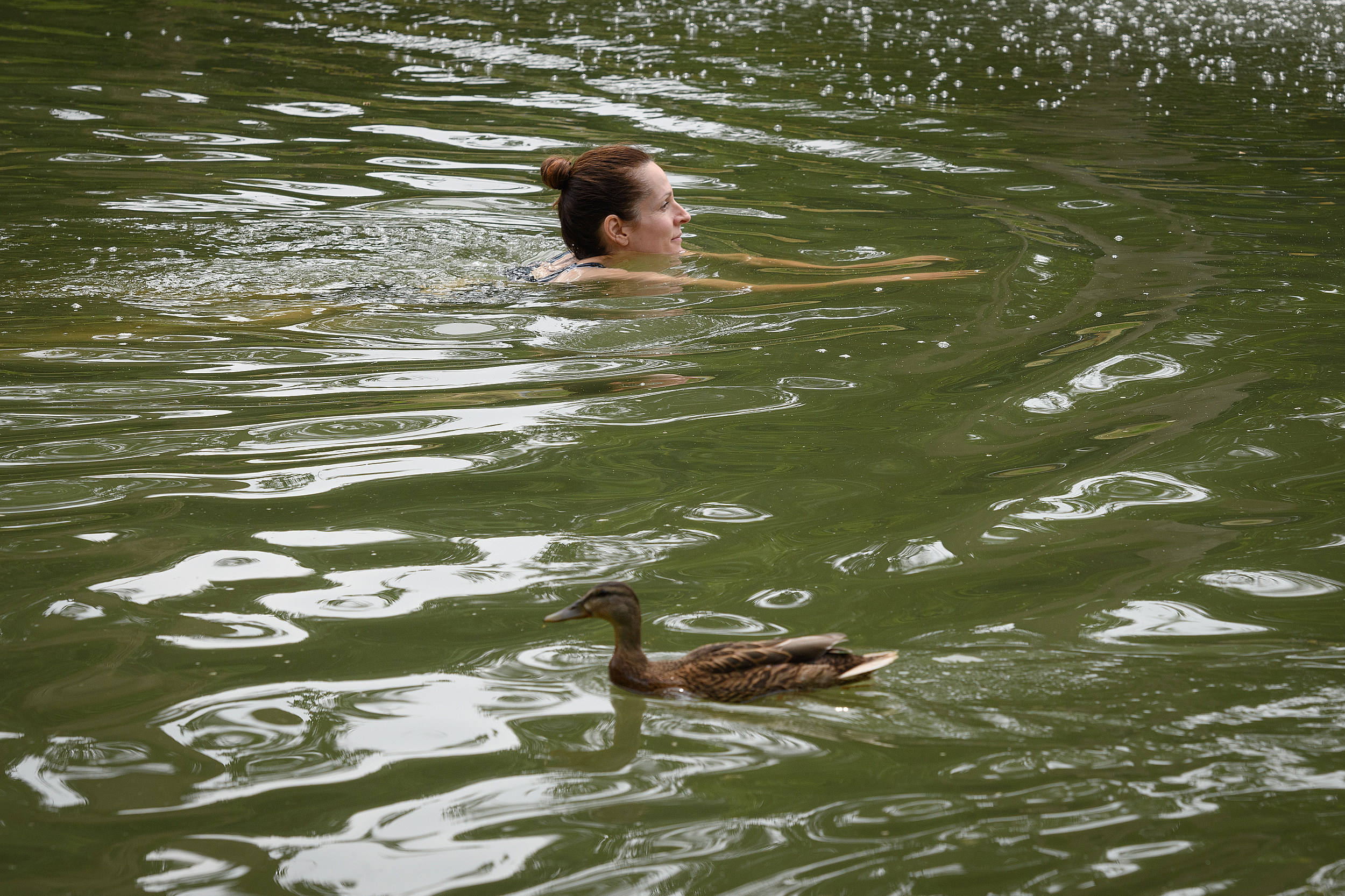
A permit is needed from the Michigan Department of Environment, Great Lakes, and Energy to apply copper sulfate. However, copper sulfate is a nonspecific poison and is toxic to many aquatic plants and animals. One method is the usage of copper sulfate to eliminate the host snails. Several methods of waterfowl and snail control have been tested over time, but none are highly successful. Utilizing these prevention steps should make your summers more enjoyable, and a little less ‘itchy’! Additionally, maintaining a healthy shoreline with native plants prevents waterfowl from gathering nearshore and supports a healthier lake ecosystem. Avoid feeding waterfowl in swimming areas as an aggregation of waterfowl will lead to higher concentrations of hosts for the parasite. Your activities on the shore can also impact the prevalence of swimmer’s itch.
#Lake michigan swimmers itch skin
And finally, some people have luck protecting their skin by creating a barrier with a water repellent substance like sunscreen. When exiting the water, rinse off with clean water and dry off with a towel immediately. Also, when wind is blowing toward the shore, it is more likely to bring in cercariae which float on the water’s surface so swim away from downwind areas. One is to avoid swimming in shallow, shoreline areas where snails congregate in greater numbers. There are a few steps that lake users can practice while enjoying Michigan’s water bodies to prevent swimmer’s itch. Similar to poison ivy, some people are fortunate enough to have no reaction at all. Swimmers may feel a small prick or itch when the larva burrows into their skin, but most of the time they will not notice anything is amiss until red bumps start to appear. Swimmer’s itch symptoms may occur while swimming or right when leaving the water. The allergic reaction that we have to swimmer’s itch is actually a reaction to the parasite, not the result of the burrowing itself. Although uncomfortable, swimmer’s itch is not contagious or fatal. They often resemble chigger or mosquito bites. The most common symptoms include small, red bumps that may have sporadic itching for a few days. There are a few telltale ways to know if you have swimmer’s itch. And not all waterfowl, mammals, or aquatic snails may be infected.


Both must be present in the same lake for the life cycle to be completed. The presence of an infected bird does not mean swimmers itch will be present because it also requires the presence of a specific snail species. One important thing to note about this intricate lifecycle is that it involves two specific host species. While humans are not the intended host, cercariae may intercept an unsuspecting swimmer. Cercariae swim to the surface of the water looking for certain birds or mammals to continue its life cycle. The snail then releases a different type of microscopic larvae known as cercariae - hence why swimmer’s itch is also called cercarial dermatitis.

If the larvae locate the specific snail species, it will infect it and multiply. These larvae then search for specific host species of aquatic snails. If the eggs land in the water, they hatch and release microscopic larvae. The adult parasite lives in the blood of certain infected waterfowl and mammals, and produces eggs that are passed in feces. The parasite that causes swimmer’s itch has a fascinating and complex life cycle. In fact, they cannot survive in humans at all and die almost immediately upon burrowing into your skin. While the word parasite might make your skin crawl, fear not: the itchiness and bumps that are the telltale signs of swimmer’s itch are not caused by a parasite actually living under your skin. In reality, swimmer’s itch is a temporary skin rash caused by an allergic reaction to microscopic parasites that infect some birds and mammals. While stories from unlucky itchy swimmers might sound scary, the symptoms aren’t quite as dramatic as the tales you may have heard. Swimmer’s itch is steeped in local folklore and the myths about what causes it are unfortunately mostly not true. While dodging mosquitos and slathering on the sunscreen seem like second nature, what about avoiding the dreaded diagnosis of swimmer’s itch? From mosquito bites and peeling sunburns to mysterious skin rashes, we’ve all experienced a bit of epidermal irritation during the dog days of summer. Itchy skin seems like an unavoidable outcome of summertime adventures.


 0 kommentar(er)
0 kommentar(er)
